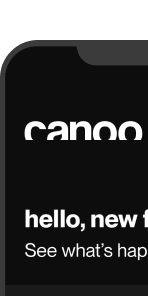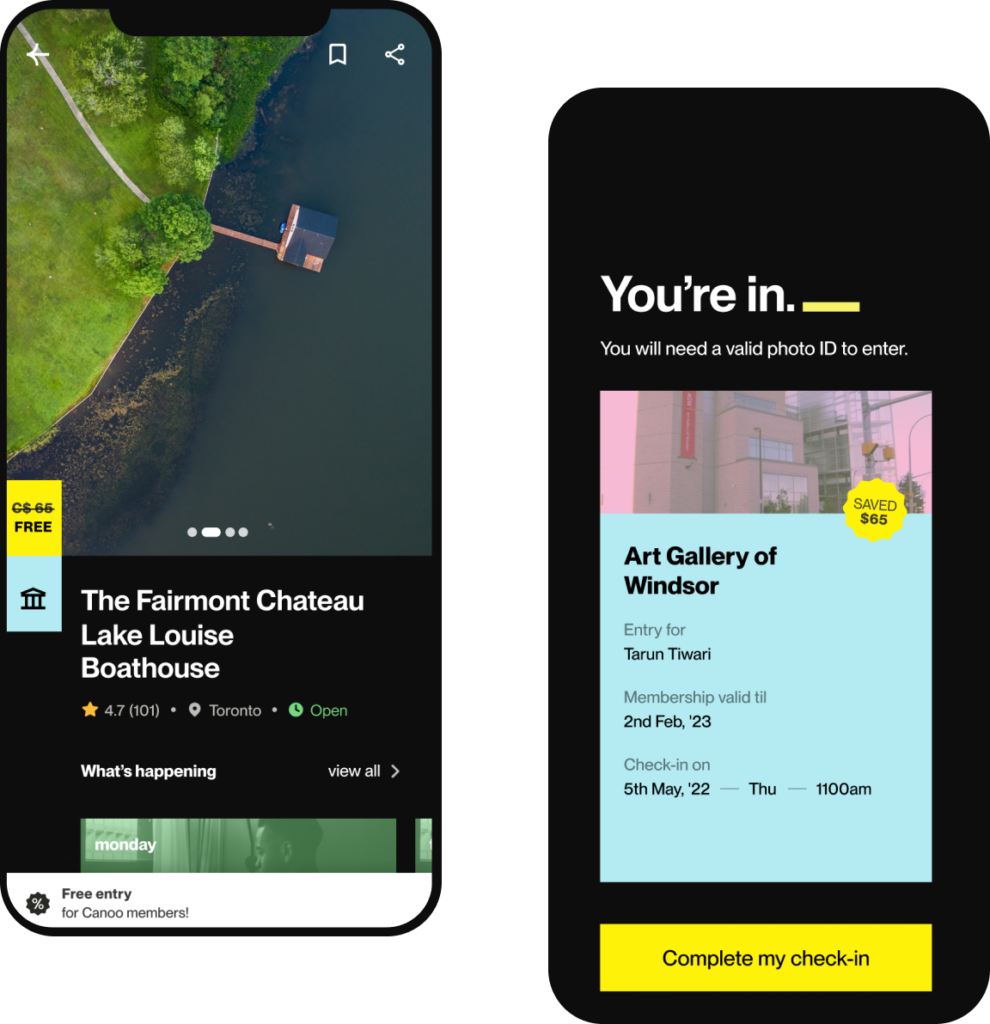Welcome to Canada, and big congratulations on obtaining your Permanent Residence, you will probably be eligible to join Canoo now!
Education in Canada is like a treasure hunt with remarkable rewards! In this great nation, an outstanding 91% of adults aged 25-64 proudly boast a high school diploma, while an impressive 68% hold various post-secondary qualifications. These numbers soar high above the Organization for Economic Cooperation and Development (OECD) averages, making it crystal clear that education is the heart and soul of Canadian society.
If you have recently immigrated to Canada with your family, you might be wondering how the school system works. If it is free for PR holders? Or how to enroll your child in school? We have created this guide to answer all of the tough questions about the Canadian Education System.
Is Education The Same Across Provinces And Territories?
As Canada’s education system is primarily administered at the provincial and territorial levels there are variations between these areas. For instance, the education system in Quebéc differs from that in British Columbia, and this distinction extends to variations within provinces as well. This means that the educational experience can greatly differ depending on the type of school and school district, even within the same province.
Is Education Free For Permanent Residence Holders in Canada?
Yes, no matter which province or territory you are located in, you will discover that elementary and high school education is free for all Canadian permanent residents. As a Canadian permanent resident, there is no need for you to provide any extra paperwork to secure your child’s access to tuition-free public education within the nation.
Canada’s public school system covers the educational costs for all children of both Canadian citizens and permanent residents, starting from kindergarten and extending through high school. This accessibility is achievable thanks to the collective funding of the Canadian education system, which relies on contributions from all residents through taxes.
Is Education in Canada Public or Private?
Canada provides both public and private education options in most communities, giving families the flexibility to choose their child’s education based on financial means and personal preferences.
Canadian Public Schools
Public schools in Canada are funded by provincial/territorial taxes and offer free education from kindergarten through high school. They follow the curriculum mandated by the local government.
Canadian Private Schools
In contrast, private schools are available and are owned by private entities. They charge parents an annual tuition fee for enrollment. Tuition fees can vary widely among institutions.
How To Enroll My Child into School in Canada
In Canada, the procedure for enrolling your child in school can vary depending on the grade level and your location. Regardless, parents typically need the following four documents to enroll their children in primary (elementary) or secondary (high) schools throughout Canada:
- Birth certificate
- Proof of guardianship or custody
- Proof of residency
- Immunization records (to demonstrate that your child’s vaccinations are up to date)
To initiate the enrollment process for elementary and high school in Canada, the first step is to get in touch with your local school board. Since a school board often oversees multiple schools in the community, you typically have several school options within your region. However, the first option presented will be that one that is geographically closest to your home.
Upon a child’s initial enrollment in Canadian schools, either the school board or the school they are joining will assess their educational level, determine the appropriate grade placement, and decide if any additional support, such as language assistance, is required.
How is the Canadian Education System Structured?
In Canada, the education system is structured into three primary stages: early childhood education, primary and secondary education (commonly known as K-12), and post-secondary education. Although there are minor variances among provinces, each stage maintains its unique attributes.
Moreover, post-secondary education in Canada enjoys a strong reputation for its quality, inclusivity, and variety. Canadian universities, colleges, and technical and vocational institutions offer a broad spectrum of opportunities for students to pursue their academic and career objectives.
Is there a Compulsory Education Age?
In many provinces and territories, children are typically mandated to begin their schooling around the age of six or seven and continue until they reach the ages of 16, 17, or 18. Nevertheless, it’s important to note that these age requirements may vary, so it is crucial to refer to the education regulations particular to the province or territory where you are located.





